
Unveiling the Hidden Stars: The 2025 College Football Players Who Quietly Dominated the Season
When the national awards buzz steals the spotlight every college football season, it’s easy to miss the gritty, unsung heroes who keep their teams in the thick of the playoff chase. Ever wonder who the real game-changers are — the players who won’t hear their names called at awards banquets but are quietly ripping defenses apart or holding down the fort? As the playoff chatter gets louder and loudsr, I find myself drawn to those hidden gems whose excellence rarely celebrates its due. From stealthy QBs redefining dual-threat to running backs bulldozing through tackles, and offensive lines freshly cobbled from transfer portals transforming their squads — these under-the-radar stars are the pulse beneath the headlines. Let’s dive into the season’s most underrated players who are proving that you don’t need a trophy to leave a massive impact. LEARN MORE.
There’s no telling the story of this season without mentioning those who won’t win national awards but have still played key roles in the team’s success. We’ve got a few of those under-the-radar stars.
We’ve entered the portion of the college football season when playoff debates start to suck up most of the oxygen in the room.
That’s fine and good, and there are quite a few players who aren’t getting much attention despite playing key roles in the playoff race.
But the joy in college football is in its breadth, and there’s no telling the story of this season without making time to appreciate those who won’t win national awards but have still been excellent.
Here are a handful of those players, with notes and data points on why they’re so good.
College Football’s Most Underrated Players
QB Byrum Brown, USF
South Florida has a real lane to the College Football Playoff, thanks largely to a senior quarterback who flashed in 2023, stalled in 2024, and has finally blossomed into one of the country’s best passers in 2025.
Brown truly separates himself with his legs. On 83 designed runs, he’s averaging 6.6 yards per carry; on 36 scrambles, he’s at 6.3. And he’s doing it while taking a sack on just 4.7% of his drop backs, which is better than the national average.
Turns out that a 6-foot-3, 231-pound quarterback is not all that fun or easy to put on the ground. Who knew?
As a passer, he’s posted an 81.7% well-thrown rate, one of the top marks in the Group of Five, while still pushing the ball downfield at 9.2 air yards per attempt (above the national average of 8.7).
As a final bonus, Brown has mostly kept the ball out of harm’s way: a 3.9% pickable-pass rate is about average, but given how much he moves and how often he throws without clean windows, it’s all the more impressive.
The Bulls will make the playoff as the G5 representative if they win out.
RB Jai’Den Thomas, UNLV
Thomas, who is now in his third year with the Rebels, has improved every season. And 2025 is his best yet.
He’s averaging 7.6 yards per carry and is good for 27th nationally in rushing (780 yards) despite every back ahead of him except Louisville’s Isaac Brown having far more carries. His standout trait is power: he’s averaging 3.5 yards after contact, 40% more than any other FBS back with at least 100 carries.

He’s forcing 0.26 missed or broken tackles per touch, which is an elite rate.
He’s not doing this against soft looks, either. Thomas sees a 36.4% “bad box” rate – plays in which the offense is outnumbered in the box – almost exactly the national average.
Mullen has kept his workload modest at 103 carries. At 5-foot-9 and 190 pounds, and with just 11.5 carries per game, Thomas hasn’t broken through nationally. But down the stretch, he should get the ball more.
He’s UNLV’s best player and a worthy successor to Ashton Jeanty as the Mountain West’s best running back.
WR Cooper Barkate, Duke
There’s a playoff doomsday scenario that’s both pretty funny and not that far out of the question.
Duke is just 5-4 but only has one ACC loss and stands a decent shot at making the conference championship. If the Blue Devils were to win the league with four losses, could the ACC miss out on the playoff altogether in favor of the American champion and a 12-1, Sun Belt–winning James Madison?
There’s a real shot, and the reason Duke might be good enough to do it, despite a lousy defense, is a passing game led by quarterback Darian Mensah and his favorite target Cooper Barkate.
The Blue Devils have a 44.8% success rate through the air and an 11.7% explosive play rate. The key man is Barkate, whose 70.3% burn rate essentially makes him the only man in the Duke pass-catching corps who can get open.
Among receivers with at least Barkate’s 74 targets, only two others (Arkansas’ O’Mega Blake and USC’s Makai Lemon) burn the defender in coverage that often. Barkate and Lemon (who’s likely to be a Biletnikoff Award finalist) share the lead among those wideouts with an average of 14.8 burn yards per target. Barkate’s 40.2% big-play rate is elite.
Another way of looking at his importance: Duke is fifth in FBS with 43 pass plays of 20-plus yards. Without Barkate’s 15, Duke would be 81st.
Vanderbilt’s Offensive Line
Vanderbilt made significant progress last year, beating Alabama for the first time since 1993 and establishing itself as something more than an SEC doormat. But the Commodores lost steam late, in part because they couldn’t get much push up front.
Vanderbilt’s 2.5 yards per carry before contact were dead last in the SEC. So were their 4.1 yards per designed run play and 2.7% explosive run rate.
The program got to work fixing that in the offseason. It’s not easy to portal your way to a competent offensive line, given the communication and repetition required to build a good unit. But Vanderbilt gave it a real shot, bringing in 60% of a starting line in the portal.
Tackles Bryce Henderson and Isaia Glass, from Oklahoma State and South Dakota, respectively, became the new bookends. This year, the Commodores are fourth in the Power Four in yards generated before contact.

The ’Dores have allowed a better-than-average 28.7% pressure rate and just a 3.8% sack rate (national averages are 31.1% and 5.2%, respectively).
If Diego Pavia is the most important player in modern Vanderbilt history, the patchwork, transfer-portal-made line in front of him deserves a ton of credit for giving him the opportunity.
There’s no real weak link on this line. Center Jordan White has allowed just a 2.2% run-disruption rate, which second in the nation among centers with at least 200 snaps.
White, who had previously played at Liberty and West Virginia, is now a star in Nashville.
DE Romello Height, Texas Tech
Height counts as underrated because he happens to share a defensive line with Stanford transfer David Bailey. And while Bailey is nothing less than the best edge rusher in college football this year, Height is also a really important part of Texas Tech’s push to the playoff.
Bailey has an FBS-leading 15 adjusted sacks and a 36.2% pressure rate that ranks third in the country among those with at least 75 edge snaps. Linebacker Jacob Rodriguez is also a star and has gotten a lot of media attention. But Height might be the best fourth-school transfer ever, having gotten to Lubbock by way of Georgia Tech, USC and Auburn, where he started his career in 2020.
Bailey’s generated eight adjusted sacks, put up a 26.9% pressure rate, and has been so dominant in his own right that there is only so much teams can responsibly do to counter him. This is a championship-level front seven.
ILB Xavier Atkins, Auburn
Atkins, who is a sophomore transfer from LSU, has 15.5 tackles for loss – second-most in the country.
His 12 pressure at inside linebacker are one off the SEC lead at the position, and he’s managed them without sacrificing ability as a run stuffer: His 15 run disruptions are three more than anyone else at the position in his league.
Atkins is one of the most well-rounded players in the country, and a 36.4% pressure rate for an inside linebacker in the SEC is obscene.
The highest-profile transfer-portal question at Auburn, as the school makes a coaching change, will be around wide receiver Cam Coleman. I would argue, though, that Atkins is even more important to Auburn’s defensive future than Coleman is to the offensive side.
High praise!
For more coverage, follow along on social media on Instagram, Bluesky, Facebook and X.
The post Who Have Been the Most Underrated College Football Players of the 2025 Season? appeared first on Opta Analyst.

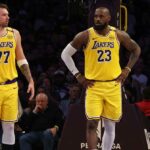
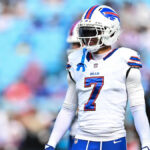




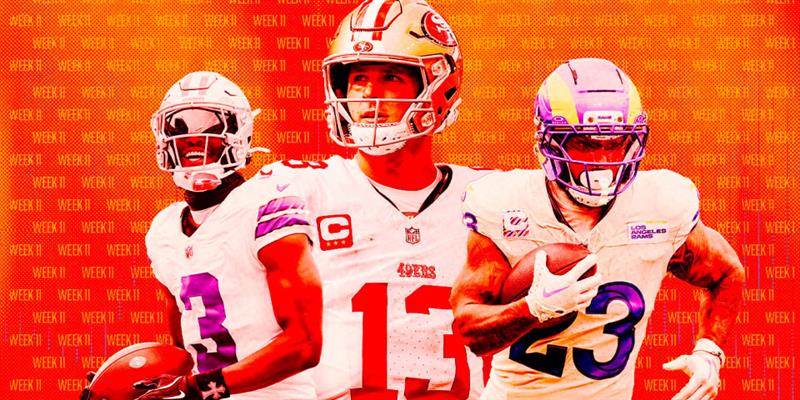



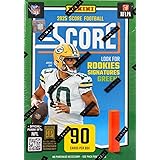




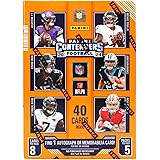



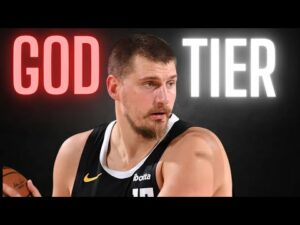
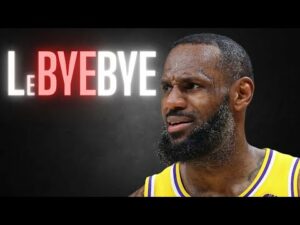
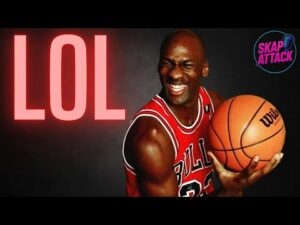








Post Comment